The Jardim Botânico d’Ajuda is the oldest botanical garden in Portugal. The garden, one of the most beautiful in Lisbon, was created in the eighteenth century for the royal family.
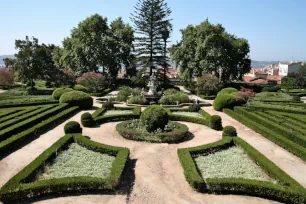
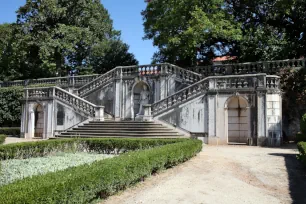
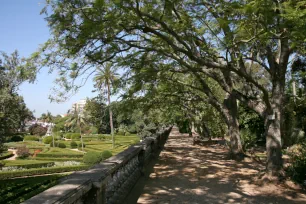
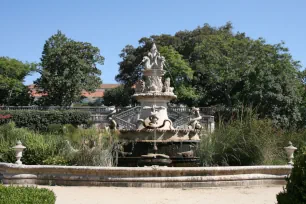
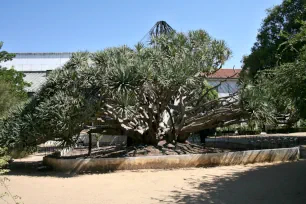
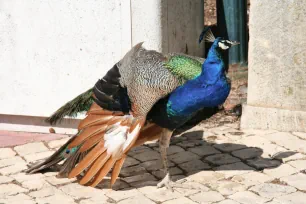
When the earthquake of 1755 hit Lisbon, the royal family was in the palace of Belém, which had sustained relatively little damage. For fear of more tremors, they camped in tents outside the palace for some time.
Traumatized by the experience, the king refused to live in a brick building, so the marquis of Pombal – who led the reconstruction efforts after the earthquake – had a wooden residence built for the royal family. A fire destroyed the building in 1791; it was later replaced with the Palace of Ajuda.
Creation
In 1765 the king ordered naturalist Domingos Vandelli with the creation of a botanical garden near the wooden residence of the royal family. The king wanted to create a garden for his grandchildren, where they could play and learn about horticulture. Vandelli constructed the garden over the course of the following three years with the help of Júlio Mattiazi, who was master gardener of Europe’s oldest botanical garden in Padua, Italy.
In 1791 Domingos Vandelli was appointed director of the Royal Botanic Gardens and in this position he collected some five thousand different plant seeds from all over the world. During the eighteenth until the late twentieth century, the garden was maintained by a number of different institutions, and more often than not the garden suffered from neglect.
In 1993, with the support of funds from Europe and the Lisbon tourist association, a reconstruction effort started, and the garden regained its early glory in 1997.
The Garden
The botanical garden of Ajuda is designed as a Baroque garden, with a strict geometric layout and decorated with monuments. Occupying some 3.5 hectares (8+ acres) on a hill, the garden is divided into two terraces connected with each other by a monumental Baroque staircase, the Escadaria Central.
The lower terrace has an Italianesque layout, with a geometric pattern of paths and long hedges of boxwood arranged around flower beds. Plenty of tall trees provide some welcome shade. At the center of the lower level stands a monumental fountain, the Fonte das Quarenta Bicas (Fountain of the Forty Spouts). The eighteenth-century fountain has actually forty-one water spouts, disguised as serpents, fish or seahorses. Plenty more statues of frogs, shells and ducks decorate the fountain, which is placed in the middle of a large basin filled with water plants.
At the western end of the lower level there are some exotic plants as well as a small rock garden, but for the most interesting botanical plants, ascend to the upper level where you’ll come across some remarkable flora, most notably a four hundred-year-old dragon tree and an equally large Schotia Afra. But you’ll also come across a fair number of smaller plants, such as the colorful Tecoma Capensis and the Japanese Camellia.
And as a bonus, there’s not just plants in the botanical gardens; plenty of peacocks strut around the gardens, doing their best to haughtily ignore the visitors.

